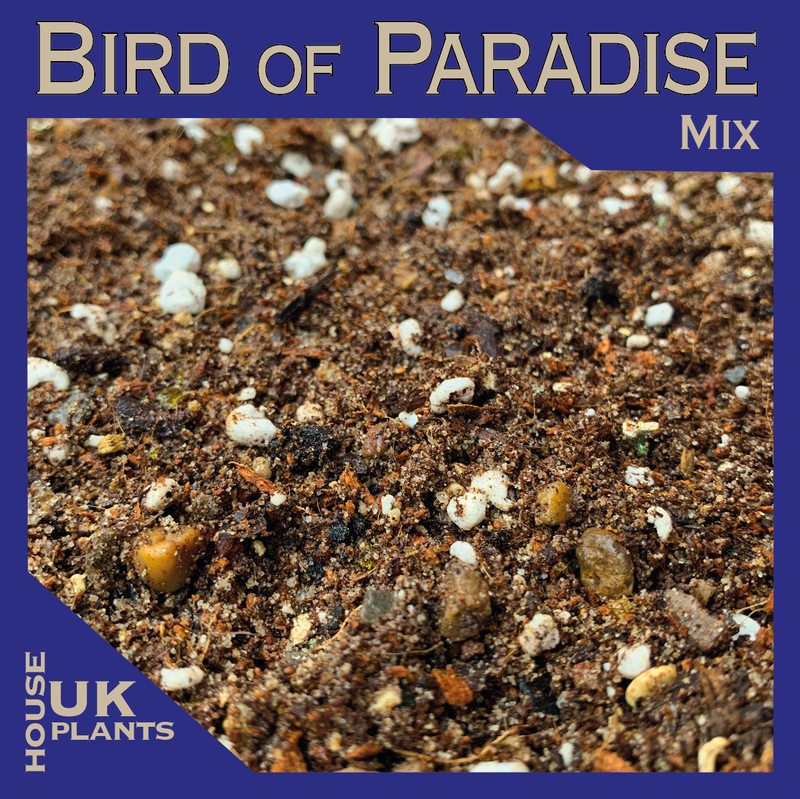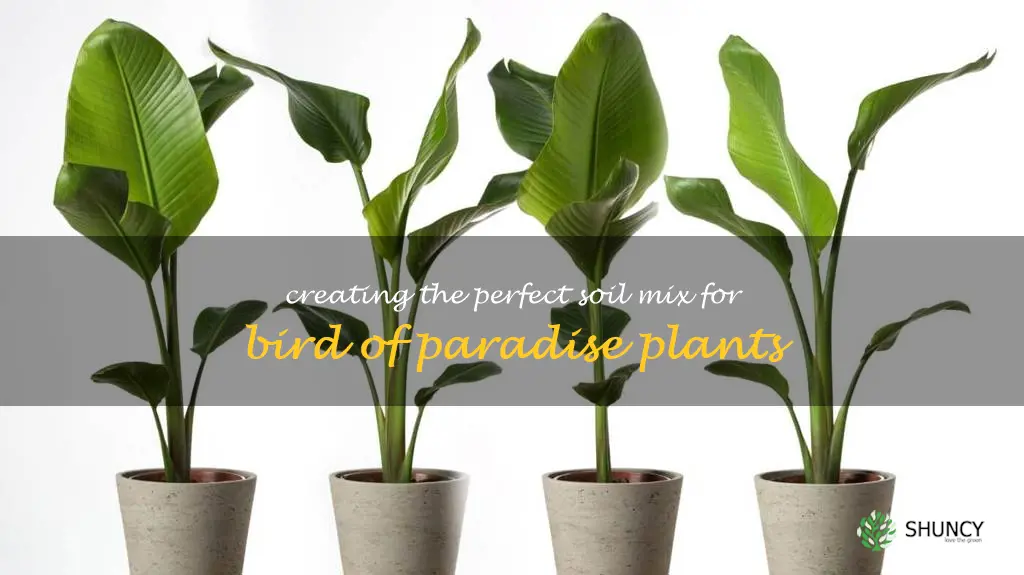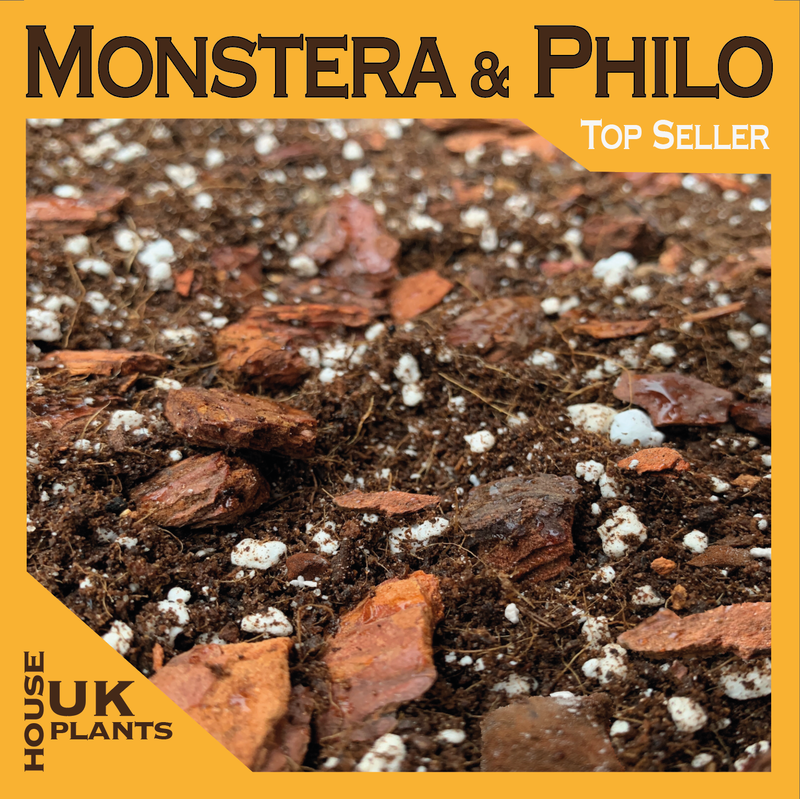The Bird of Paradise plant is renowned for its striking flowers and vibrant foliage, making it a favorite among houseplant enthusiasts and gardeners alike. However, the secret to achieving a thriving Bird of Paradise plant lies in the soil mixture you choose. This long-form blog post delves into everything you need to know about the ideal Bird of Paradise soil mixture, ensuring that your plant stays healthy and blooms beautifully. 🌱
Understanding Bird of Paradise Plants
Before we explore the perfect soil mixture, let’s discuss what makes the Bird of Paradise plant unique. Originating from tropical regions, these plants require specific conditions to thrive, which includes the right type of soil.
Characteristics of Bird of Paradise
The Bird of Paradise (Strelitzia reginae) is a perennial plant that can grow up to 6 feet tall. It features large, banana-like leaves and stunning flowers resembling tropical birds, which can bloom throughout the year under the right conditions. To replicate its natural habitat and provide the best care possible, understanding its growth needs is essential.
Ideal Growing Conditions
- Light: Requires bright, indirect sunlight.
- Temperature: Thrives in temperatures between 65°F to 70°F (18°C to 21°C).
- Humidity: Prefers humid conditions but can adapt to lower humidity levels.
To maintain these conditions, proper soil plays a crucial role. Let’s explore how to create the right soil mixture for your Bird of Paradise plant.
Components of the Ideal Soil Mixture

Bird of Paradise plants require a well-draining soil mixture that retains moisture without becoming waterlogged. A combination of the following components is recommended:
| Component | Function |
|---|---|
| Peat Moss | Helps retain moisture while providing aeration. |
| Pine Bark | Provides structure and drainage, preventing soil compaction. |
| Perlite | Enhances drainage and aeration. |
| Compost | Adds nutrients and improves soil structure. |
DIY Bird of Paradise Soil Mixture Recipe
Creating your own Bird of Paradise soil mixture is simple and cost-effective. Here’s a step-by-step guide to mix the perfect soil for your plant:
Ingredients
- 2 parts peat moss
- 1 part pine bark
- 1 part perlite
- 1 part compost
Instructions
- In a large container, combine the peat moss, pine bark, perlite, and compost.
- Mix the components thoroughly until evenly distributed.
- Test the mixture by squeezing a handful; it should hold its shape but crumble easily when disturbed.
- Your Bird of Paradise soil mixture is now ready to use! 🌼
Note: Always make sure your pots have drainage holes to prevent water accumulation, which can lead to root rot.
Watering Practices for Optimal Growth
Once your Bird of Paradise is potted in the new soil mixture, understanding how to water it is essential for its health. The mixture you create should facilitate proper drainage, but watering techniques must be adjusted as well.
Watering Guidelines
- Water when the top inch of soil feels dry to the touch.
- Ensure water drains out of the bottom of the pot.
- Avoid letting the plant sit in water, as it can lead to root rot.
During the growing season, Bird of Paradise may require more frequent watering. In contrast, reduce watering in the winter months when the plant is not actively growing.
Nutrient Requirements
Feeding your Bird of Paradise plant with the right nutrients is crucial for promoting vibrant growth and flowering. Here’s what you need to know about fertilization:
Best Fertilizers for Bird of Paradise

Using a balanced, slow-release fertilizer will provide your plant with essential nutrients. Opt for a fertilizer with a nutrient ratio of 10-10-10 or similar. It’s important to feed your plant during its growing season—typically spring and summer.
Fertilization Schedule
- Fertilize every 4-6 weeks during the growing season.
- Reduce or cease fertilization during the fall and winter months.
Important Note: Over-fertilization can harm your plant, so always follow the manufacturer’s instructions for the best results.
Common Issues with Bird of Paradise Soil
Even with the right soil mixture, issues can arise. Below are some common problems that Bird of Paradise owners face, along with their solutions:
Root Rot
Root rot occurs when the plant is overwatered or the soil retains too much moisture. Symptoms include yellowing leaves and a foul smell from the roots.
Solution
- Ensure your soil mixture is well-draining.
- Reduce watering frequency and check for drainage holes in your pot.
- If root rot is severe, repot the plant in fresh soil and trim affected roots.
Yellow Leaves
Yellowing leaves can indicate a few issues, including overwatering, poor light conditions, or nutrient deficiency.
Solution
- Check moisture levels and adjust watering accordingly.
- Move the plant to a brighter location, if necessary.
- Consider fertilizing if the plant hasn’t received nutrients in a while.
Repotting Your Bird of Paradise: Bird Of Paradise Soil Mixture
As your Bird of Paradise grows, it may require repotting. Knowing when and how to repot will help maintain its health and vigor.
When to Repot
Generally, you should repot your Bird of Paradise every 1-2 years, or when you notice roots growing out of the drainage holes. Signs that your plant needs repotting include stunted growth or roots tightly bound in the pot.
Repotting Steps, Bird Of Paradise Soil Mixture
- Choose a pot that is 1-2 inches larger in diameter than the current one.
- Carefully remove the plant from its pot, avoiding damage to the roots.
- Add fresh Bird of Paradise soil mixture to the bottom of the new pot.
- Place the plant in the new pot and fill with soil mixture, ensuring the root ball is level with the soil.
- Water thoroughly and return it to its original location.
By following these steps and maintaining the right conditions, your Bird of Paradise will continue to thrive and bring tropical beauty into your home. 🌴
Final Thoughts
The right soil mixture is key to nurturing a healthy Bird of Paradise plant. By combining peat moss, pine bark, perlite, and compost, you can create a thriving environment for your plant to grow. Remember to pay attention to watering, nutrient needs, and common issues to ensure a flourishing plant that rewards you with stunning blooms and vibrant foliage.
